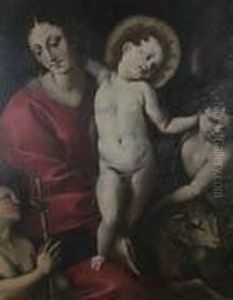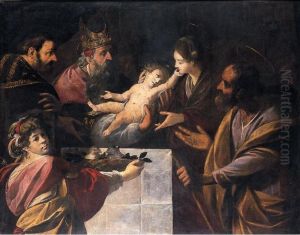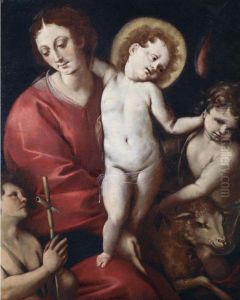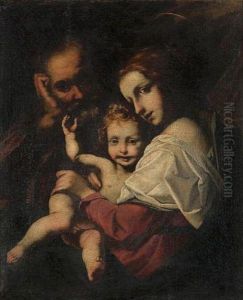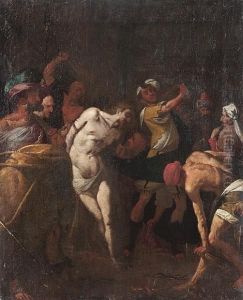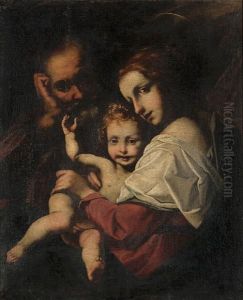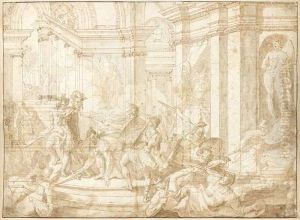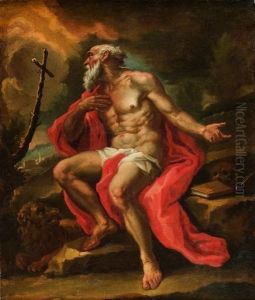Melchiorre Gherardini Il Ceranino Paintings
Melchiorre Gherardini, also known as Il Ceranino, was an Italian painter of the Baroque period. He was born in 1607 in San Gervasio, a small town near Milan, Italy. Gherardini was the nephew and pupil of the prominent Lombard painter Cerano (Giovanni Battista Crespi), from whom he derived his nickname 'Il Ceranino', meaning 'little Cerano'. His training under his uncle greatly influenced his style, which was also reflective of the broader trends in Lombard painting during the early 17th century.
Gherardini’s works are characterized by their dynamic compositions, rich color palette, and often included dramatic expressions and gestures of the figures depicted, a testament to the Baroque style's emphasis on emotion and movement. Despite the influence from his uncle, Gherardini developed his own artistic personality; his paintings are notable for their clarity of form and careful attention to detail.
During his career, Gherardini worked on various religious commissions. He painted altarpieces and frescoes for churches in Lombardy, and his works can be found in the Basilica of San Vittore in Varese and the Church of San Giuseppe in Saronno, among other locations. He also contributed to the decoration of the Monastery of San Vittore in Meda, where he painted a series of frescoes.
Gherardini's output was not limited to religious subjects; he also painted mythological scenes and portraits. However, it is for his devotional works that he is best remembered. Unfortunately, as is the case with many artists of his time, not all of Gherardini's works have survived, and some have been lost to the ravages of time and historical events.
Despite his talents, Gherardini did not achieve the same level of fame as some of his contemporaries. His work, however, remains an important part of the oeuvre of Lombard painters of the Baroque period, contributing to the richness and diversity of 17th-century Italian art. Melchiorre Gherardini passed away in 1668, leaving behind a legacy that would be appreciated by art historians and enthusiasts for centuries to come.
